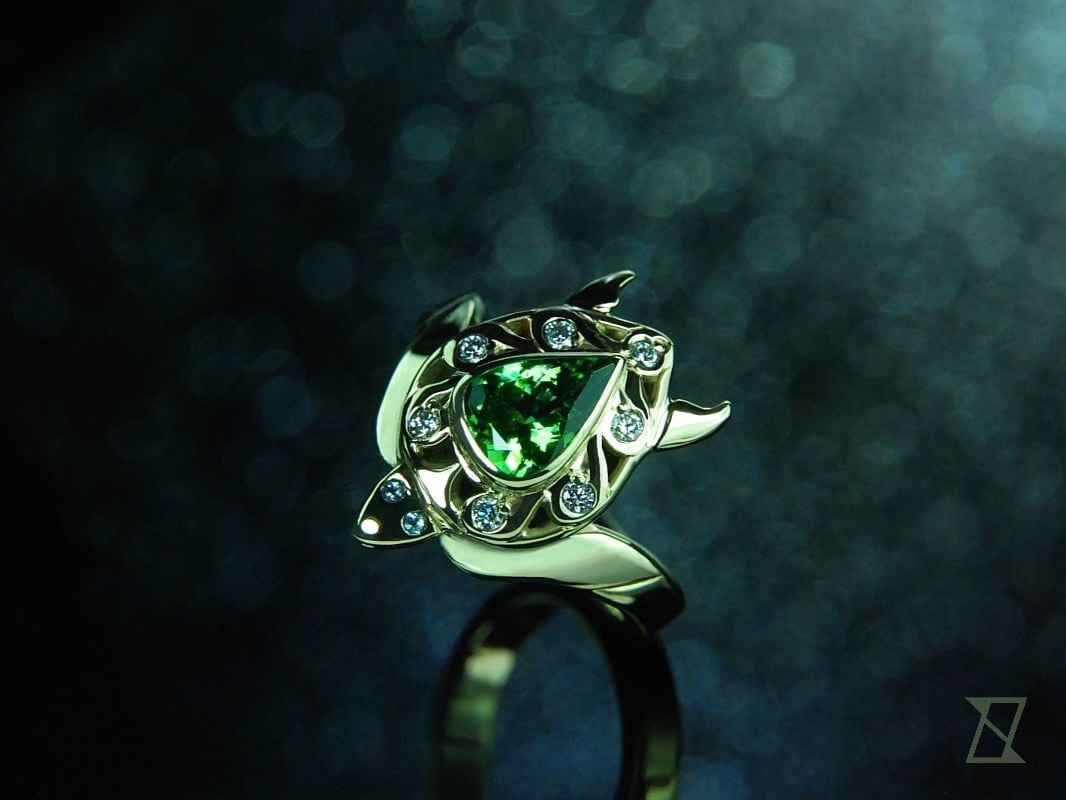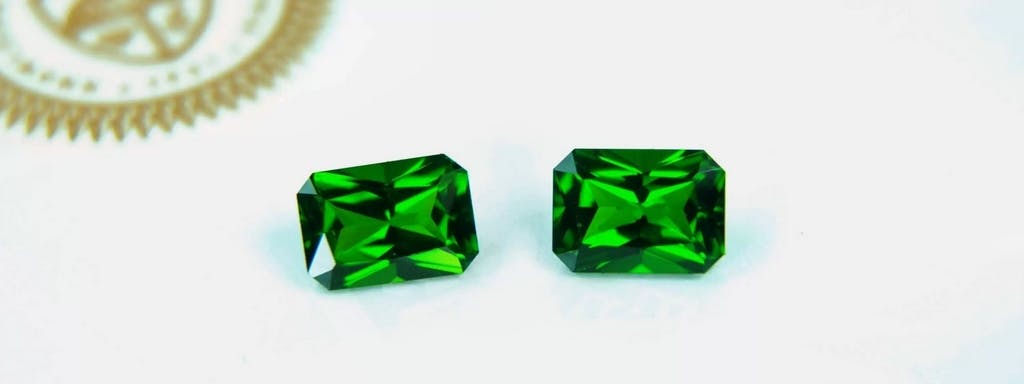Emerald is a very rare and highly valued variety of beryl. Its name comes from the Greek word "smaragdos" - green stone. This mineral has been used in jewellery since ancient civilizations such as Egypt, Persia, and Arabia, as well as in the Maya, Aztecs, and Incas. It is safe to say that it is one of the most sought-after gemstones today, with high-quality specimens reaching sky-high prices. So why look for an alternative to what is already considered the best?
First of all, buying a good quality emerald is getting more and more difficult. There are many tricks used in the world of gemology to correct stones in terms of purity and colour, and emeralds, due to their value, are the most likely victims of treatments that are very often not disclosed on sale. What's more, there are more and more companies on the market that are able to grow herbal hydrothermal beryl that resembles the natural one. Then it is bought by traders who skillyfully cheat their customers, ignoring the question of its origin. Only after costly tests, in a technologically advanced laboratory, such as HRD in Belgium or GRS in Switzerland, is it possible to diagnose the synthesis.
Properties of the emerald
Another dilemma is the physical properties of the emerald. Due to the conditions in which it is formed, this mineral usually has many inclusions that significantly affect its transparency and durability. While low transparency is a typical feature of natural green beryl, the brittleness issue resulting from the number of cracks inside the mineral has a large impact on its usability. It is easy to damage it when setting it in jewellery, or even chip it during use, especially when it is embedded in an open frame, in a ring worn every day. The above-mentioned problems, and the prices of transparent emeralds, meant that competition appeared unnoticed.
New emerald color
In 1967, on the border of Kenya and Tanzania, British geologist Campbell R. Bridges discovered Tsavoryt - a grossular of the silicate group, emerald green in colour. The name was proposed in 1974 by the Tiffany company in honour of Tsavo National Park in Kenya.
This mineral, in addition to its beautiful green colour, has a very intense glow, resulting from the high refractive index - 1.74, while the emerald - 1.57. Moreover, it has twice the dispersion - 0.028 (emerald - 0.014), which results in a much better brilliance. Taking into account the above arguments, I encourage my clients to use this exotic mineral for their engagement jewellery.

How much is Tsavorite?
The price and availability of this mineral is much better than that of its more advertised rival. However, there is already a trend towards huge price discrepancies depending on the region of the world. This is due to the fact that in countries where this stone is already well known, more and more customers are choosing it. Demand generates more production which, as with any scarce resource, will deplete the deposits over time. This is what happened with the emerald, the price of which breaks new records every year. Sooner or later, tsavorite will share his fate and join the extremely expensive minerals associated with luxury and the elite.
